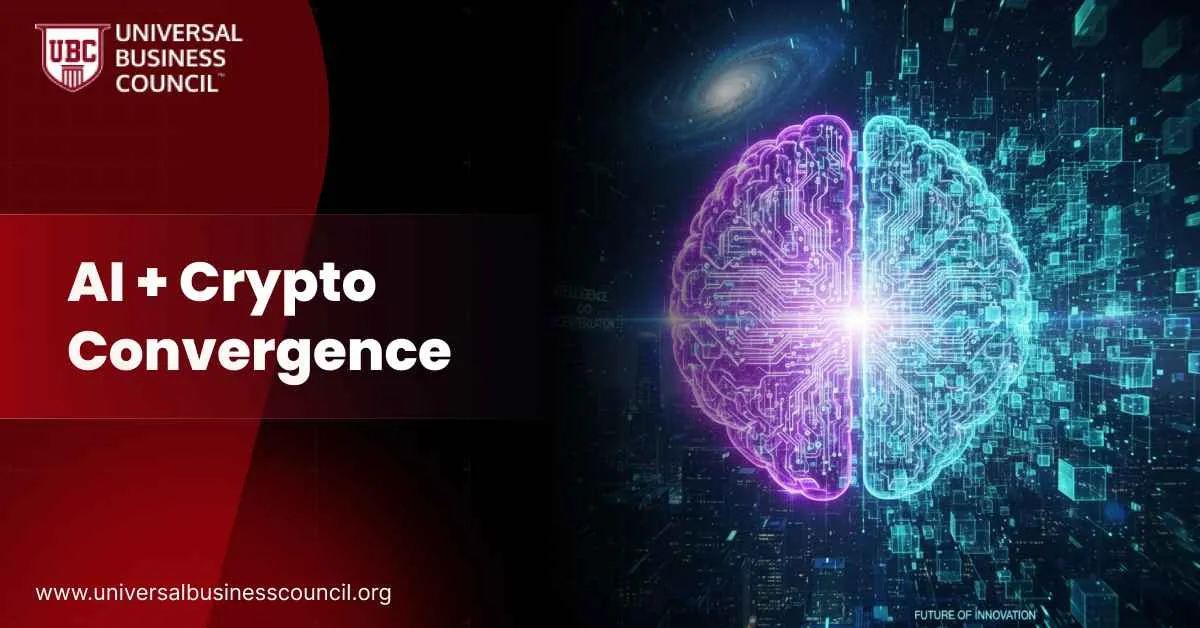 Artificial intelligence and crypto are no longer running on separate tracks. They are converging into a new wave of innovation that blends decentralized systems with intelligent automation. From AI tokens to blockchain-powered AI services, this fusion is shaping markets, fueling fresh investment, and creating opportunities that did not exist just a few years ago. The story is not just about new coins; it is about infrastructure, governance, and decentralized access to the compute power AI needs to thrive.
For professionals eager to navigate this shift, a Marketing and Business Certification offers a structured way to understand how these technologies fuel new business models. At the same time, blockchain technology courses are helping learners build the foundations of trustless infrastructure that underpins these advancements.
Artificial intelligence and crypto are no longer running on separate tracks. They are converging into a new wave of innovation that blends decentralized systems with intelligent automation. From AI tokens to blockchain-powered AI services, this fusion is shaping markets, fueling fresh investment, and creating opportunities that did not exist just a few years ago. The story is not just about new coins; it is about infrastructure, governance, and decentralized access to the compute power AI needs to thrive.
For professionals eager to navigate this shift, a Marketing and Business Certification offers a structured way to understand how these technologies fuel new business models. At the same time, blockchain technology courses are helping learners build the foundations of trustless infrastructure that underpins these advancements.
AI Tokens Driving Growth
AI tokens are digital assets tied to projects that blend artificial intelligence with blockchain. They power decentralized marketplaces, autonomous agents, GPU networks, and data exchanges. Examples include:- Bittensor (TAO): A decentralized marketplace where models are trained collaboratively.
- Fetch.ai (FET): Infrastructure for autonomous agents that make real-time decisions.
- Ocean Protocol (OCEAN): A marketplace for data sharing that supports AI model training.
- Render Token (RNDR): GPU rendering services that now extend into AI workloads.
Blockchain-Based AI Services
AI needs immense computing power and trusted data pipelines. Blockchain-based AI services are stepping in to provide decentralized alternatives:- GPU-sharing networks that tap into idle resources worldwide.
- Smart contracts that integrate AI logic for real-time decision-making.
- Data marketplaces where contributors are rewarded for sharing useful datasets.
- Privacy-preserving AI frameworks, such as zero-knowledge machine learning (zkML), that ensure compliance while still enabling computation.
Hybrid Infrastructure Models
The convergence is also creating hybrid infrastructure that bridges Web3 and AI:- The Graph (GRT) provides data indexing so AI agents can query blockchain information seamlessly.
- Privacy-first models combine federated learning with blockchain verification.
- Optimistic and zero-knowledge approaches to AI verification aim to ensure that outputs from models can be trusted on-chain.
Market Momentum and Investor Interest
The market for AI-crypto projects is growing quickly. Analysts see strong compound annual growth as investors recognize that AI and blockchain together create new categories of products. The rise of AI coins on trading platforms is one signal, but the deeper story is infrastructure: decentralized compute, new ways of distributing model access, and token-governed communities shaping AI development. Crypto certification has become increasingly relevant here, equipping professionals with the knowledge to evaluate these tokens and projects from both technical and investment perspectives.Challenges to Address
As with any emerging field, there are barriers:- Scalability: Running AI fully on-chain is still not feasible. Most projects rely on off-chain compute, raising questions about decentralization.
- Privacy and security: Sensitive data must be handled carefully. New approaches like zkML are promising but not yet mainstream.
- Tokenomics: Many AI tokens remain speculative, with unclear long-term utility.
- Regulation: AI services and crypto tokens each face scrutiny; combined, they raise new legal questions.
- Technical maturity: Verifying AI outputs in a trustless way is an unsolved challenge.
Best Practices for Teams Entering This Space
- Start with clear token utility and governance structures.
- Prioritize privacy-preserving approaches to data and AI computation.
- Be transparent about off-chain versus on-chain processing.
- Build communities early, giving token holders meaningful influence.
- Track regulatory guidance to avoid compliance risks.
Examples of AI + Crypto Projects
| Project / Token | What It Offers |
| Bittensor (TAO) | Decentralized training marketplace for AI models |
| Fetch.ai (FET) | Framework for autonomous agents and smart decision-making |
| Ocean Protocol (OCEAN) | Data exchange network for training and sharing AI datasets |
| Render Token (RNDR) | Distributed GPU rendering and compute network |
| The Graph (GRT) | Decentralized indexing protocol powering AI agents |
| IO Research | GPU-sharing blockchain network supporting AI workloads |
| zkML Initiatives | Privacy-preserving AI inference on blockchain |
| Autonomous Smart Contracts | Smart contracts enhanced with adaptive AI logic |
| Community-Governed Tokens | Token holders guide model updates and governance |
| Hybrid Infrastructure Models | Bridging decentralized data and AI compute |
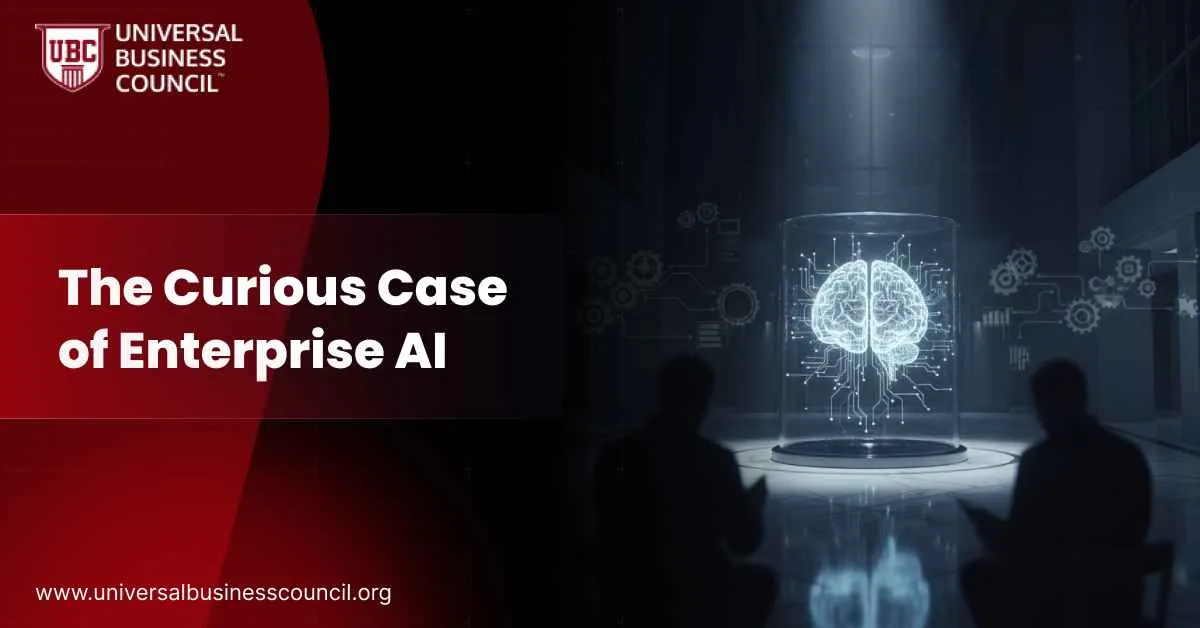
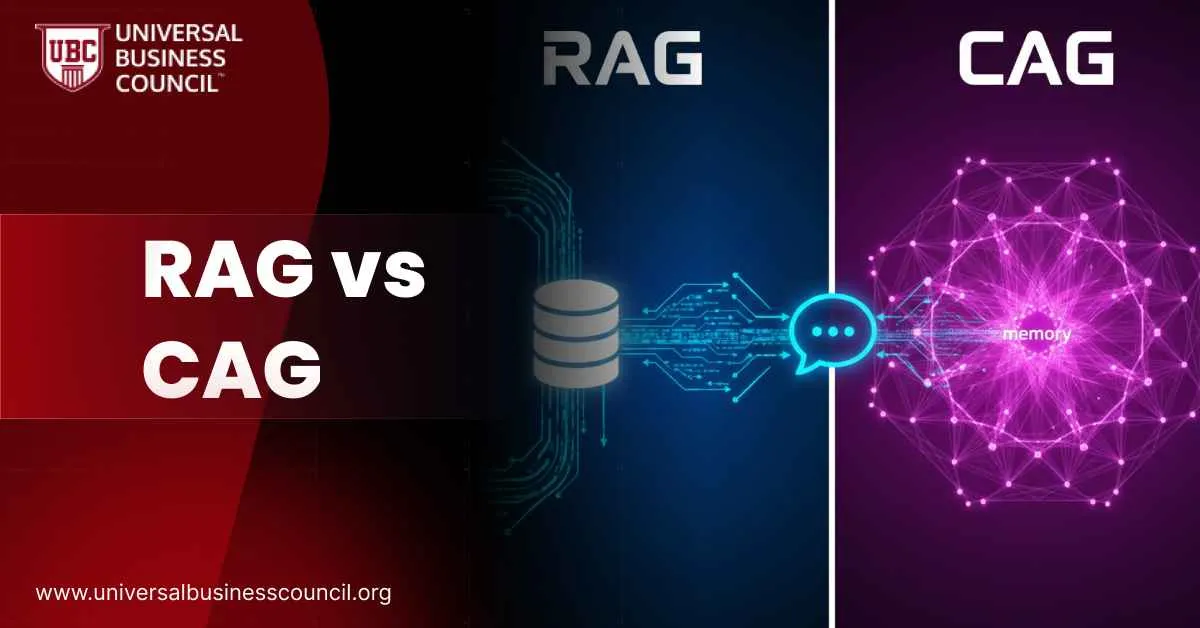
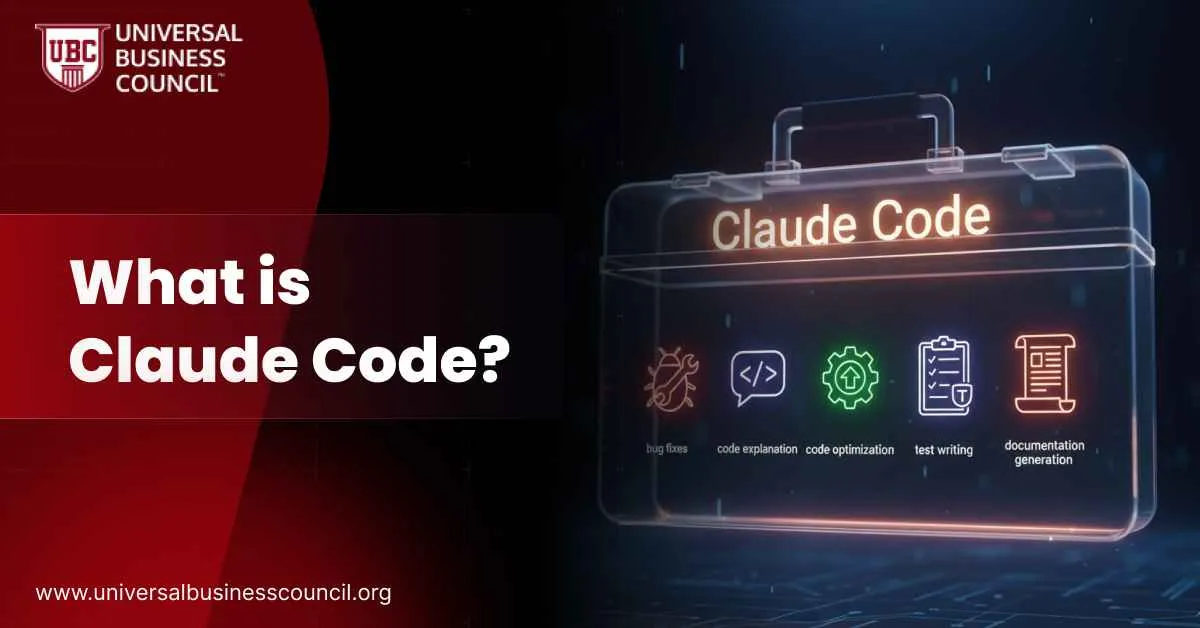
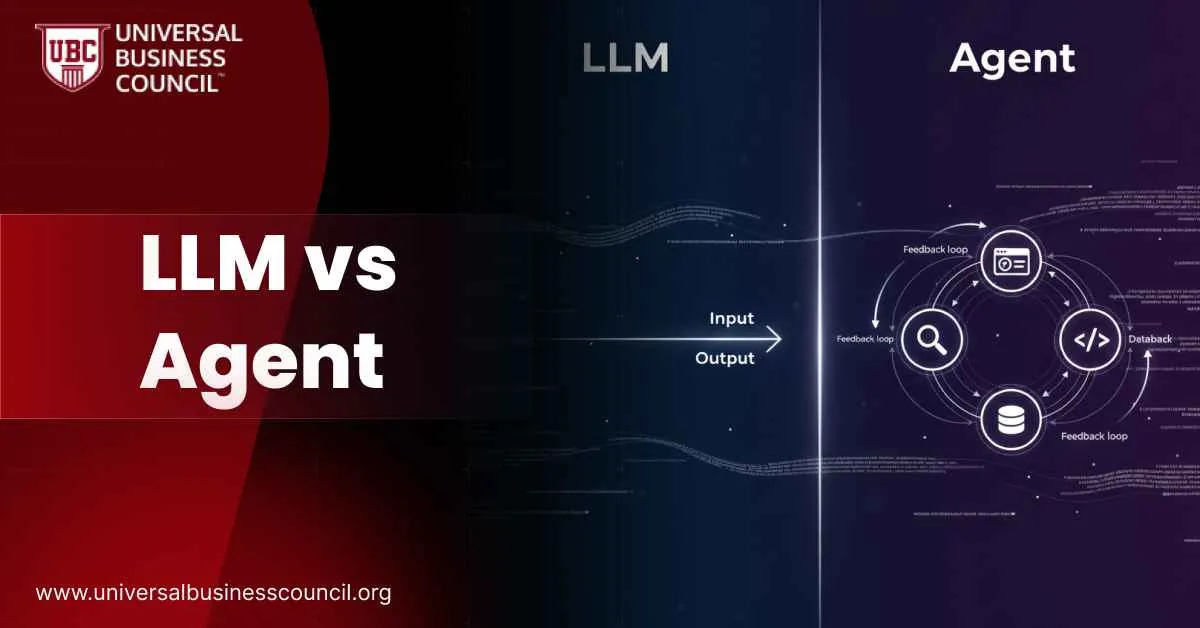
Leave a Reply